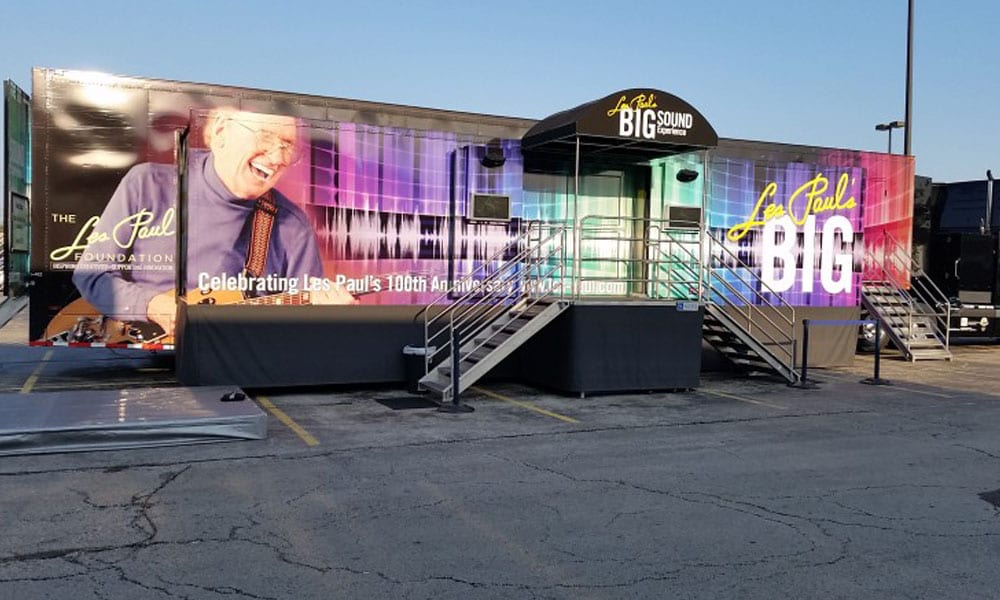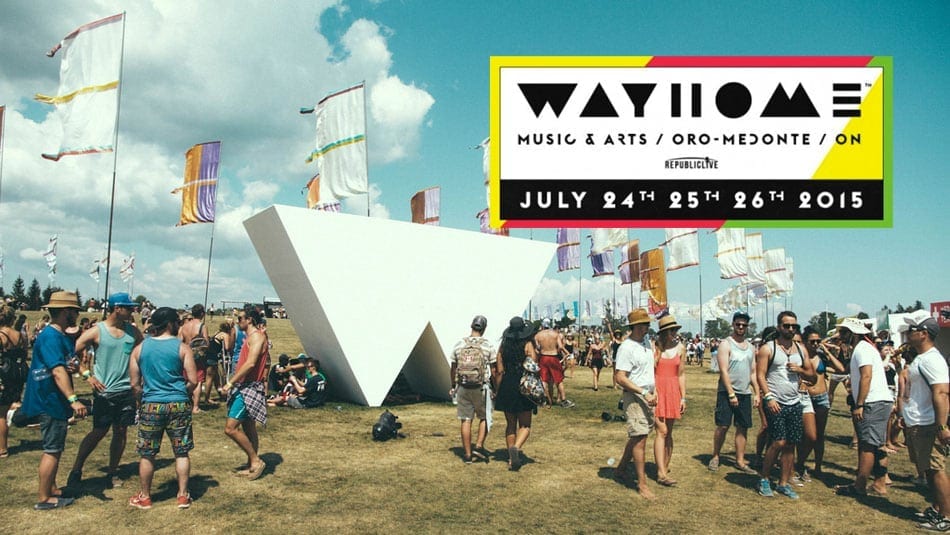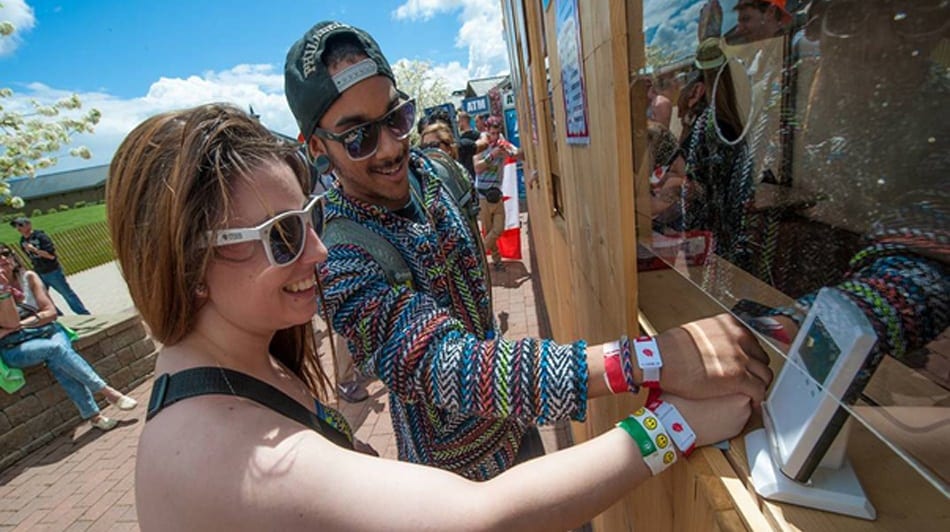MRA is in the business of providing mobile experiential marketing opportunities to brands who want to truly connect with their consumers. And it’s working. Their fleet of vehicles has traveled over 569,000 miles and been on-site at every live event you can imagine. Their vehicles come in a range of sizes – from 1,000 square foot trailers to motorcycles – that are customized to fit the look and feel that a brand is trying to achieve. “We’ve gone to Bonnaroo, SXSW, Coachella, the Super Bowl, the Kentucky Derby,” says Tony Amato, president of MRA. “We’re done air shows, car racing, concerts like Jay-Z and Rascall Flatts. We’ve been to them all.” With over 17 years experience under his belt, Amato has learned a thing or two about what makes consumers tick, “We understand how to get someone to put their guard down and engage with brands. It all comes down to creating an inviting environment that offers an authentic experience.”
Let’s look at three ways mobile experiential marketing is captivating consumers and turning them into loyal fans of big-name brands.
Make it Unforgettable
Jay-Z is a visionary with his hands in everything from music to fashion to real estate and beyond. Long before brands like H&M were posting up at Coachella, his clothing company, Rocawear, approached MRA to create a pop-up shop to travel the country showing off his line. “They wanted to have a pop-up retail, but then it evolved. With different experiential marketing campaigns, we went from pop-up shops to hitting the concert scene. It was great because it really helped expand his brand, but then at events where we couldn’t be in front of the public, we took the unit and parked it backstage,” says Amato.

“It was an elite space for all the musicians to hang out in and relax before and after their performance. That’s the versatility of our vehicles.” Consumers and high profile musicians alike were awestruck with the luxury interior that captured the essence of Jay-Z’s Rocawear line. Branded experiences like this have been proven as a legitimate way to get consumers engaged. According to EventTrack, 50% of consumers capture and share between two to five photos, videos, or social posts while visiting a branded experience. MRA spent 5 years traveling across North America selling clothes, wowing customers and providing unforgettable moments to those who were lucky enough to have this mobile store swing by their town.
Turn Consumers into Storytellers
“People tend to become loyal consumers through engagement so we like to get people touching stuff,” says Amato. “Let’s get people engaging on a personal level so they can share their story after the event.” Mobile experiential marketing enables storytelling which can have a powerful effect on a brand. The same study from EventTrack found that 71% of consumers share information about their experiences with peers and family members. If brands can find a way to make the consumer part of the story, their message will travel much further. Take, for example, the mobile experience MRA put together for Wild Turkey Bourbon. From May to September of last year, Wild Turkey’s mobile coach visited festivals across the US.

The mobile experiential marketing coach included a bar and the full line of Wild Turkey products including everything from premium products down to the more basic bourbons. Consumers stepped into the spacious exhibit where they were given a Wild Turkey history lesson – with a shot of bourbon, of course. “The goal is for them to buy the product,” says Amato. “But the other goal is that when they’re with their friends sitting around the campfire, they’re telling the brand’s story like they’re the only person who knows it. They’re giving their friends the details on where it comes from and how it’s made. This environment, this moment gets passed along to people who weren’t even there to experience it firsthand.” An immersive and interactive experience creates deeper bonds and fosters long-term relationships, but it can also build brand ambassadors from people who were captivated in the moment and want to share that experience with others.
Offer the Unexpected
According to a study from Microsoft, people typically lose concentration after eight seconds, which only highlights the impacts of our increasingly digitalized lifestyle. In order to keep the attention of consumers, brands need to provide experiences that surprise and delight consumers. The Les Paul Foundation did that with their Les Pauls’ Big Sound Experience. Les Paul, was an American guitarist who was best known for his guitar designs which inspired the Gibson Les Paul, one of the world’s most popular electric guitars. “What we were looking for was the wow factor,” says Michael Braunstein, executive director of The Les Paul Foundation. “Our goal is to reintroduce Les to a new generation of music lovers.” While you might assume that the mobile vehicle would be stocked full of guitars, there wasn’t one in sight.

“We told the story of an accomplished inventor. We educated people on how he had a patent for hearing aids. We had digital guitars that consumers could take apart to see how he build them. We had kiosks where people could go in and mix their own music.” By focusing on the history of the man and building interactive and engaging experiences, MRA and The Les Paul Foundation were able to captivate a new demographic of consumers. These mobile branded roadshows don’t just create sampling or retail opportunities, they offer total brand immersion that changes consumer perspectives through compelling stories. Not only do they build brand awareness, but they also improve loyalty and turn customers into brand advocates. “By having first-person engagement, you raise the level of authenticity and people are really able to buy into the brand story,” says Amato. “There is no better way to show consumers a different side of your brand than through mobile experiential marketing.”


